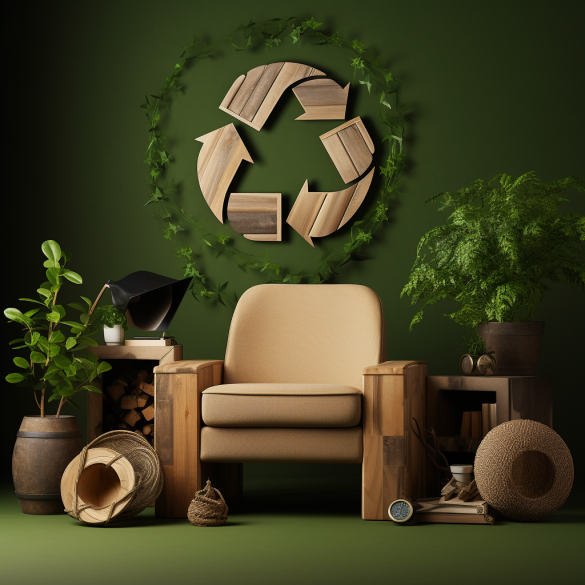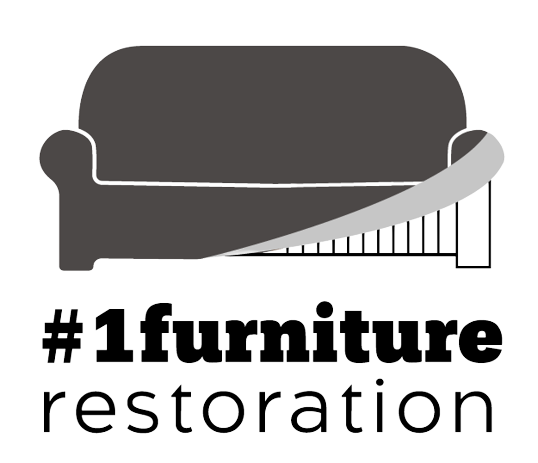Long Beach, Californiachange

Eco-Friendly Restoration: Transforming Furniture Sustainably
POSTED ON 23.08.2023
Eco-Friendly Restoration: Transforming Furniture Sustainably
In a world increasingly focused on sustainability, furniture restoration is no exception. Embracing eco-friendly practices in furniture restoration not only preserves the beauty of your cherished pieces but also contributes to a greener, more sustainable future. Here, we'll explore valuable tips on incorporating eco-conscious practices into your furniture restoration projects, including the use of sustainable materials and finishes.
1. Reimagine Your Furniture: Before diving into restoration, consider if your piece can be repurposed or given a new lease on life with a fresh function. Sometimes, a simple transformation can breathe new life into an item.
2. Choose Wisely: When selecting pieces for restoration, opt for furniture made from sustainable materials such as reclaimed wood or bamboo. These materials reduce the need for new resources and lower the overall environmental impact.
3. Non-Toxic Paints and Finishes: Use non-toxic, low-VOC (volatile organic compound) paints and finishes. These options are healthier for both the environment and the individuals who use the furniture.
4. Salvage and Restore: Salvage parts from other furniture or projects to reduce waste and minimize the need for new components. Salvaged hardware, for instance, can add character to your piece.
5. Refinish Responsibly: When refinishing wooden furniture, consider water-based finishes or natural oils instead of traditional lacquers or polyurethanes. These alternatives emit fewer harmful chemicals into the atmosphere.
6. Eco-Friendly Cleaning: Use environmentally friendly cleaning products to prepare your furniture for restoration. This step ensures you're not introducing harmful substances into the restoration process.7. Reupholster with Sustainable Fabrics: If your project involves upholstered furniture, choose eco-friendly fabrics made from organic, recycled, or upcycled materials. Reupholstering with sustainable textiles reduces waste and supports ethical manufacturing practices.
8. Restore, Don't Replace: Whenever possible, restore the original components of your furniture rather than replacing them. This approach not only preserves the piece's authenticity but also reduces waste.
9. Energy-Efficient Workspace: Make your restoration workspace more eco-friendly by using energy-efficient lighting and equipment. This step minimizes energy consumption during the restoration process.
10. Sustainable Packaging: If you plan to sell or transport your restored furniture, use sustainable packaging materials like recycled cardboard or biodegradable wraps to minimize waste.
11. Educate and Share: Educate yourself about sustainable restoration practices and share your knowledge with others. Encourage the adoption of eco-friendly techniques within the restoration community.
12. Support Local and Sustainable Suppliers: Whenever possible, source materials from local and sustainable suppliers. This not only reduces transportation-related emissions but also supports your local economy.
By incorporating these eco-friendly practices into your furniture restoration projects, you're not only preserving the past but also safeguarding the future. Sustainable materials, finishes, and techniques not only benefit the environment but also create healthier, more beautiful living spaces. Join the movement towards eco-conscious restoration and be part of the solution for a greener world.






